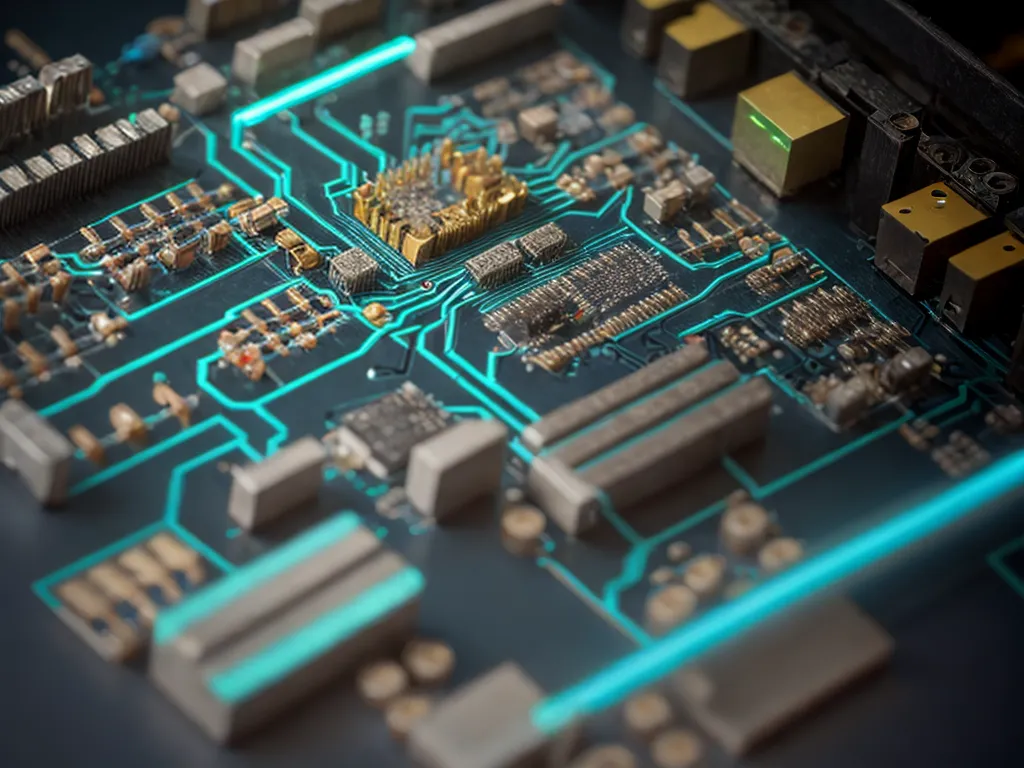
How to Create Multiple Circuits With Less Materials
Introduction
Creating multiple circuits with limited materials can seem daunting, but with some clever planning and simple techniques, it's very achievable. The key is to optimize your materials and reuse components across circuits to maximize your resources.
In this guide, I'll share my tips and strategies for efficiently building multiple circuits when materials are scarce. From planning the circuit layouts to reusing wires and other parts, you'll learn various methods to multiply your circuits without multiplying the materials.
Plan Efficient Circuit Layouts
Careful planning is essential when trying to maximize your circuitry while minimizing materials. Here are some design tips:
Consolidate Shared Functions
Look for circuits that serve the same function, like power supplies or signal processing, and find ways to combine them into one. This avoids duplication and lowers the material requirements.
Use Integrated Circuits
Integrated circuits (ICs) consolidate multiple components into one package. Opt for ICs over discrete parts like transistors whenever possible. For example, an op-amp IC replaces over 20 discrete parts.
Design With Multiples in Mind
Sketch out circuit diagrams with potential to reuse sections. Identify repeating functional blocks like oscillators, amplifiers, or filters that you can build once and duplicate.
Simulate First, Build Later
Use circuit simulator software to test your designs before physical construction. Refine and consolidate as much as possible in simulation first to optimize the layout and minimize revisions later.
Reuse Components Across Circuits
Identify components that can fulfill the same function in multiple circuits. With some adaptation, you can reuse many parts:
Wires and Connectors
Wires, cables, and connectors are easily reused across circuits. Just be sure to use adequate insulation and wire gauges for each application.
Passive Components
Many passive parts like resistors, capacitors, and inductors are reusable if values and power ratings match circuit requirements.
Integrated Circuits
IC chips like op-amps, transistors, and regulators have wide usefulness across circuit designs. Identify chips to reuse.
Development Boards
Microcontroller boards like Arduino contain ICs and peripherals that can integrate into multiple projects.
Salvage From Old Electronics
Salvaging components like resistors, buttons, and LEDs from discarded appliances and devices is a great way to obtain materials for new circuits.
Use Materials Efficiently
There are also ways to use your existing materials more economically:
Calculate Adequate Values
Use equations to calculate the minimum component values needed, rather than overspecifying. For example, determine the lowest current rating for a resistor that will suffice.
Substitute Higher Values
If short on lower value resistors, substitute with higher values in series to achieve the needed resistance. Two 100 kΩ resistors in series provides 50 kΩ.
Use Lower Power Ratings
Opt for parts with lower power ratings when high wattage isn't needed. This allows using smaller, less material-intensive components.
Go Vertical
Build circuits in three dimensions with layers or tiers to most efficiently use space. This keeps circuits compact.
Use Symmetrical Layouts
When duplicating circuit sections, use symmetrical and orderly layouts to maximize reuse of wires and traces.
Conclusion
With smart planning and resourceful component reuse, you can assemble multiple circuits even with limited materials on hand. The key is having an optimized design, identifying reusable parts, repurposing components from old devices, and making the most out of each element in your circuits. Implementing these techniques will stretch your materials as far as possible.